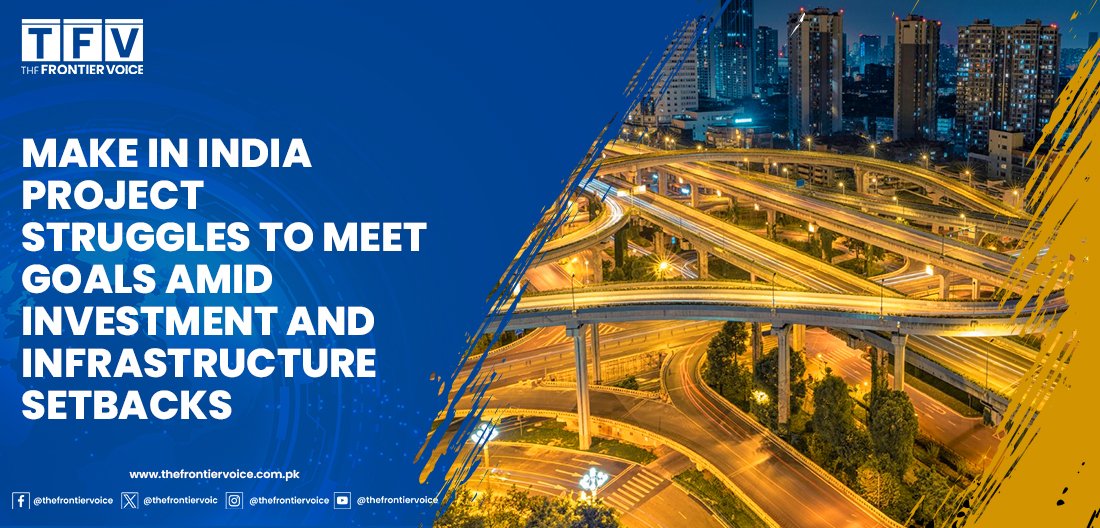POLITICS
Make in India Project Struggles to Meet Goals Amid Investment and Infrastructure Setbacks

The Make in India initiative, launched by Prime Minister Narendra Modi in 2014 to transform India into a global manufacturing hub, faces significant challenges as it falls short of economic and industrial objectives. According to recent international reports and economic data, hurdles in attracting Foreign Direct Investment (FDI) and widespread infrastructure delays have hampered the project’s success.
One of the primary obstacles to foreign investment is India’s bureaucratic process. New business registration often takes several months, while land acquisition permits can require 5-6 years. Additionally, key infrastructure projects designed to bolster manufacturing, such as the Bharatmala highway project and the Mumbai-Ahmedabad bullet train, have been delayed by years, pushing back timelines and affecting investor confidence.
Domestic manufacturing has also struggled to compete with foreign imports, particularly in the mobile phone and solar panel sectors, where companies like Lava and Micromax face challenges from international manufacturers. Workforce readiness remains a persistent issue; only 2% of India’s workforce is classified as skilled, and the unemployment rate for technical graduates remains high, with nearly 60% of ITI graduates and 35% of B-Tech graduates unemployed.
Industrial projects have also faced delays, as seen with the POSCO steel mill, which took nine years to overcome regulatory barriers. This is reflective of a broader trend, with 70% of industrial projects in India experiencing similar delays.
Adding to the economic strain, India’s trade deficit has weakened the rupee against the dollar, highlighting the broader difficulties in achieving the Make in India initiative’s manufacturing and export goals. As India continues its efforts to overcome these hurdles, the question remains whether the initiative can reach its full potential.
